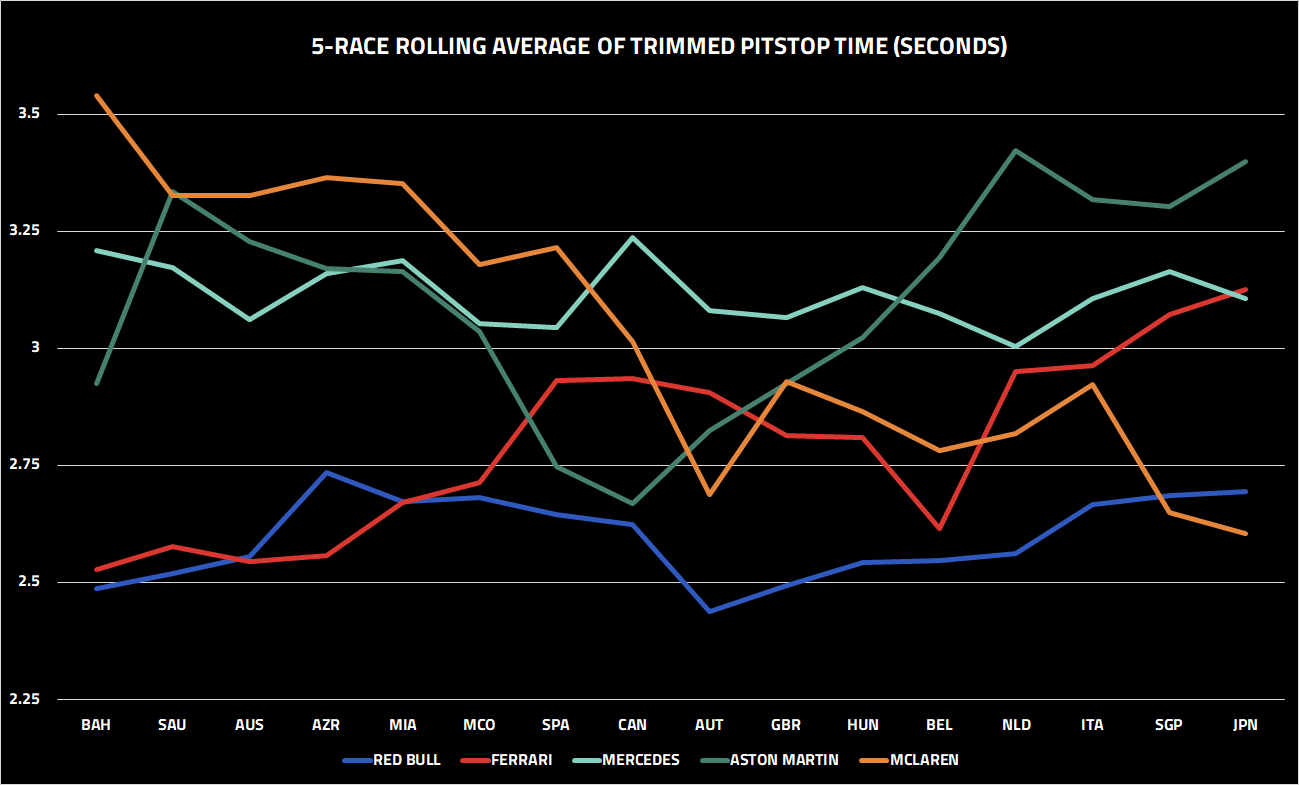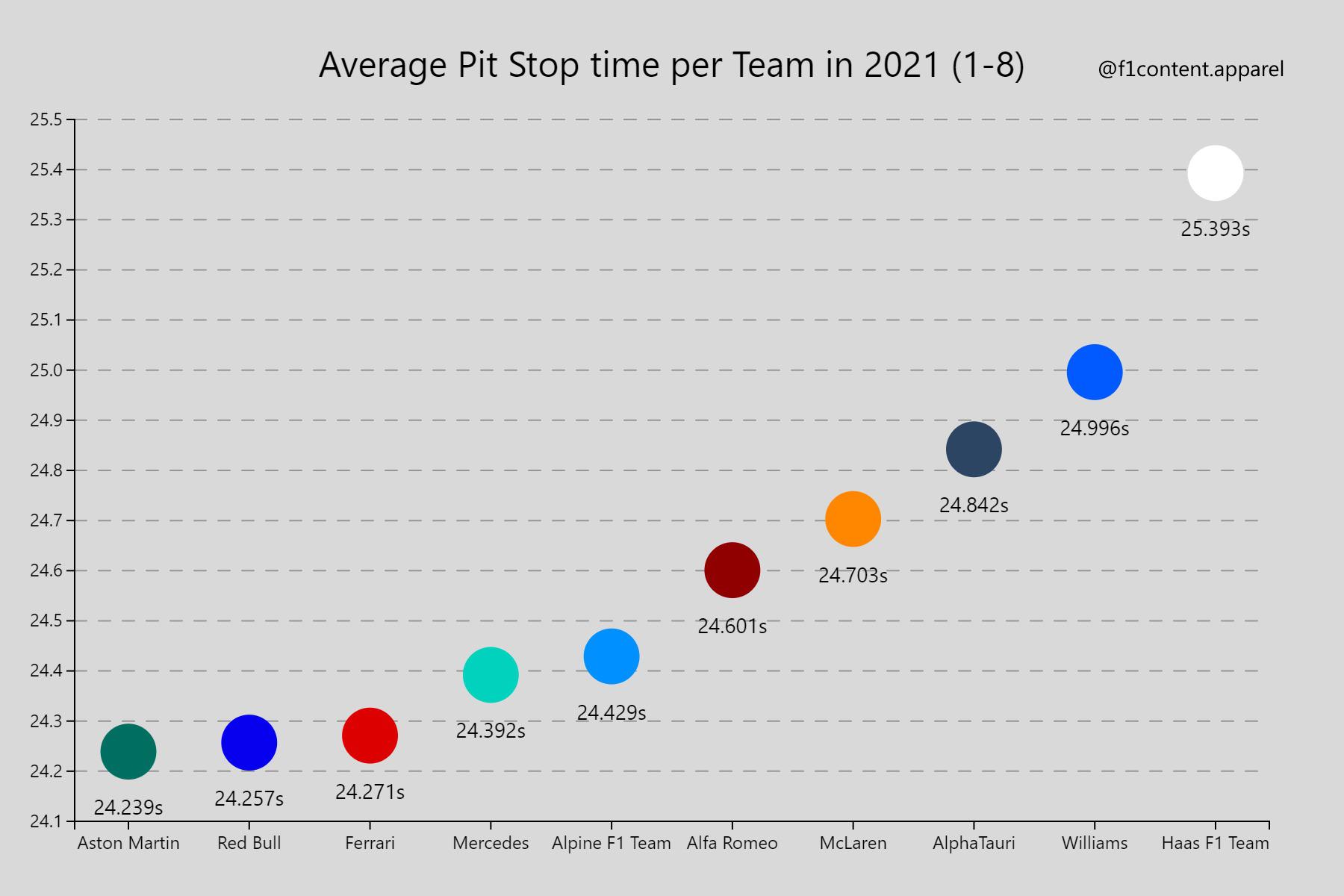Okay, so today I wanted to dig into something I’ve been curious about: the average F1 pit stop. I mean, those things are blazingly fast, right? But how fast exactly? And what all goes into making them so quick?
Getting Started: Finding Some Data
First things first, I needed some data. I started by just, you know, watching a bunch of pit stop videos online. Just to get a feel for things. It’s pretty mesmerizing watching those crews work. Like a well-oiled machine, seriously.

Diving Deeper: The Process
Then I started actually timing some stops, just with a stopwatch on my phone. Nothing super scientific, but it gave me a rough idea. I was seeing times consistently under 3 seconds! Crazy, right?
But it’s not just about speed, it’s about the choreography. I mean, you’ve got:
- The Wheel Gunners: These guys are using high-powered pneumatic wrenches to loosen and tighten the wheel nuts. They’re the stars of the show, really.
- The Tire Carriers: They’re hauling those heavy wheels on and off the car. It’s a surprisingly physical job.
- The Jack Men: Front and rear, these guys are lifting the car in a split second. Precision is key here.
- The Stabilizers: Sometimes there are guys just keeping the car steady, especially during a quick front wing adjustment.
- The Lollipop Man (or now, the light system): This is the guy (or the automated system) giving the all-clear for the car to go. Huge responsibility!
I started noticing how each person has a very specific role. There’s no wasted movement. Everyone knows exactly where to be and what to do. It’s practiced, practiced, practiced.
Refining My Understanding: Tweaks and Adjustments
I also noticed that certain teams are faster than others. Some of the pit stops I was timing was sub 2 seconds, and some were above it.

The Result: My Amateur Average
After watching a ton of videos and timing a bunch of stops myself, I came up with a very unscientific average of around 2.5 seconds. Now, I’m sure the official average is different, and it probably varies by team and race conditions. But for my little experiment, 2.5 seconds felt about right.
It really made me appreciate the insane level of skill and teamwork that goes into those pit stops. It’s not just about changing tires; it’s a whole ballet of precision and speed. It’s also a reminder of how people constantly look for ways to improve the process. It’s kind of inspiring, actually!











